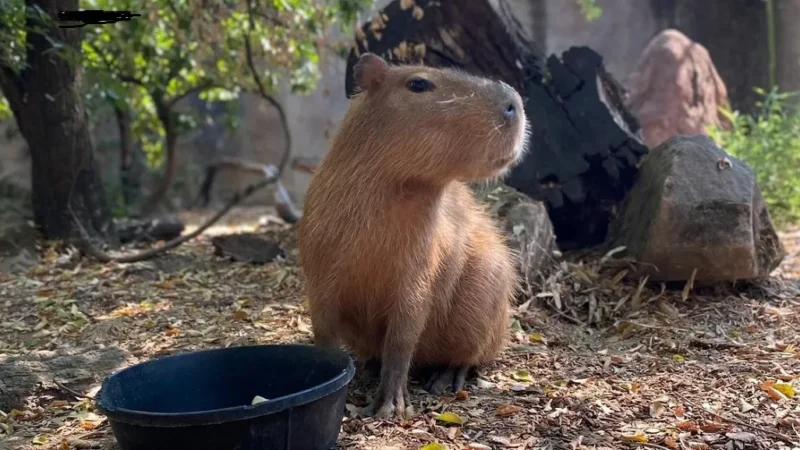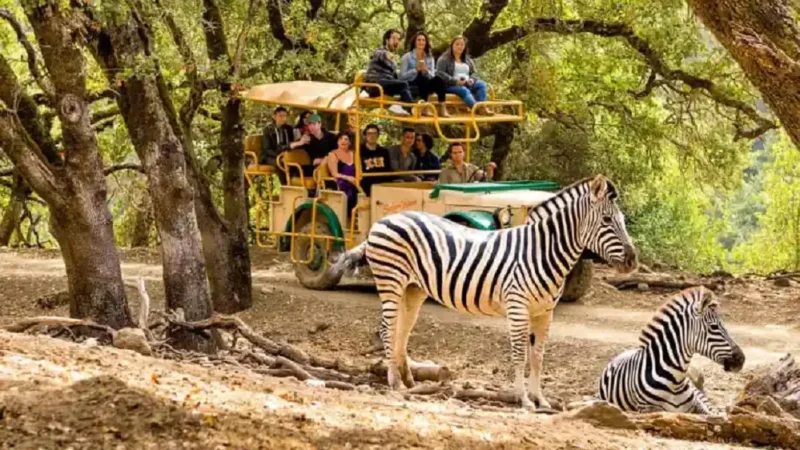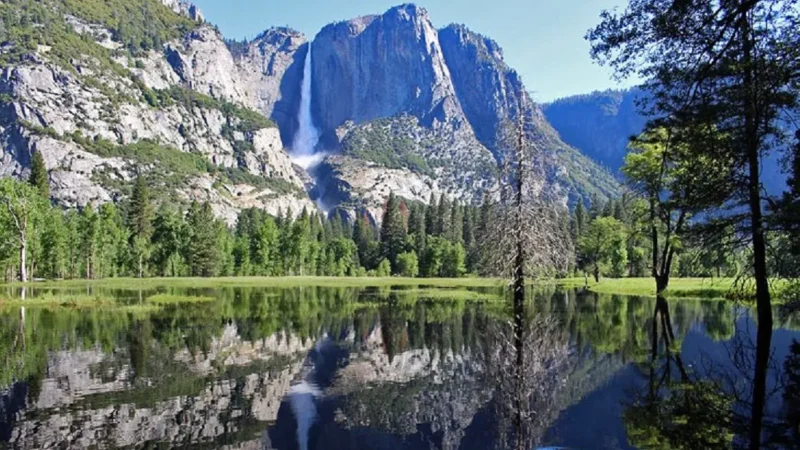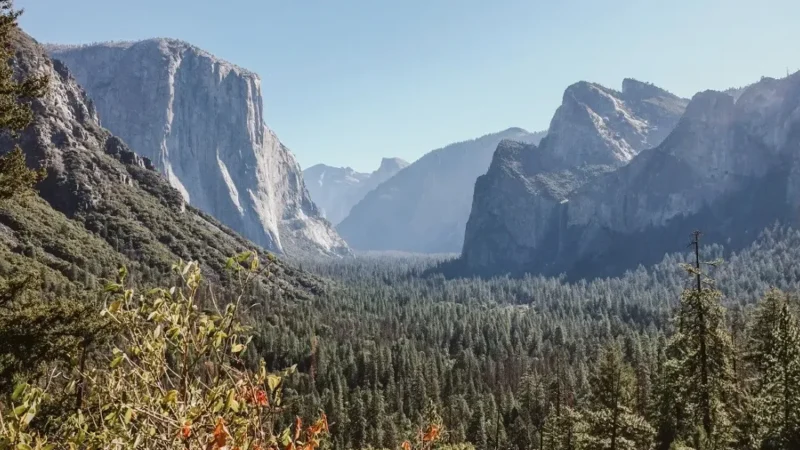Kakadu National Park│Beauty, Diversity, and Adversity in the Kakadu National Park in Australia
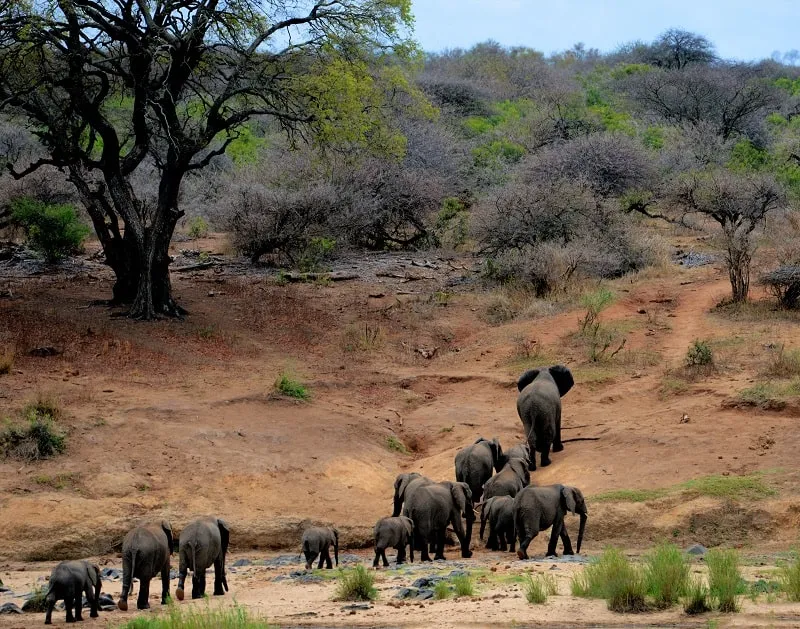
Table of Contents
ToggleAn Introduction to Australia's Beautiful Kakadu National Park
Kakadu National Park in Australia is an enormous, biodiverse nature reserve in Australia’s Northern Territory. It consists of many ecosystems, from dunes to tropical rain forest and from wetlands to forest. Located south of Darwin and west of the Katherine River, near the border with the Northern Territory, kakadu national park northern territory is one of eight national parks and a World Heritage Site. Though isolated for thousands of years, it serves as a safety zone for many species and provides a home for communities numbering over half a million people on its own — Kakadu is a place where nature knows no boundaries.
Founded in 2003, kakadu national park australiareceives millions of visitors each year and draws people from all over to see its majestic landscapes. It’s a place where you can expect to see animal migrations, experience cloud-forest and enjoy tropical rainforest.
The park has its own unique ecosystem which is home to a variety of plant and animal species, including the rare black-breasted buttonquail. Kakadu also houses other indigenous creatures such as wombats, camels and dingoes. You can also go for a camping in kakadu national park holiday.
Kakadu National Park Pass Prices
This UNESCO World Heritage Site offers cheap kakadu national park pass prices for visitors to this park. Adults aged over 16 are charged $40 to $25 AUD, depending on the season, while passes for children range from $20 to $12.5 AUD. Alternatively, you can also go for a family pass (2 adults and 2 or more children), which are $100 to $65 AUD.
Where is Kakadu National Park?
Directions to Kakadu National Park
By Road
If you’re asking where is kakadu national park, the park’s main entry point is located in Jervis Bay, some 60 kilometres north of Darwin. This small town has a motel, an ATM, and a petrol station. The park’s visitor centre is located 6 kilometres from the town on the Stuart Highway.
There are three routes to the park from Jervis Bay:
- The most direct route takes you through the Arnhem Land Aboriginal Reserve to Jim Jim Falls (7 km). You can either continue on towards Kakaduor turn right at the visitor centre for 3km to Elephants Wash (2 km). If you turn left at Elephants Wash, you will reach Jim Jim Falls in less than 10 minutes.
- Go north on the Stuart Highway (Australia’s main road) for about 150 kilometres until you reach Alice Springs. You will pass through Tennant Creek, which has a petrol station and shop and a hotel/motel. From here it is about 90 km to Katherine Gorge where there are two campsites. There are also camping areas at Hermannsburg and Katherine Gorge.
- Go south on the Stuart Highway for about 500 kilometres to Nhulunbuy (about 200 km northeast of Darwin). Once there, take the turnoff signposted as “Kakadu National Park”. This will take you through Purnululu National Park before entering the kakadu national park location. There are several campsites in this area including one at Telfer Falls which offers good views of Uluru. Before setting out, though, remember to buy a map of kakadu national park.
The best part is, you can book transportation without worrying, as kakadu national park open timings are 24/7, throughout the week!
By Air
Visitors travelling by air will have a slightly harder time. The closest airport to Kakadu National Park is Darwin International Airport; however, flights can be expensive. There are several daily flights from Adelaide and Brisbane to Darwin, but most of these services fly through Alice Springs or Cairns. Other options include flying into Katherine and then driving via EMU Bus Service. People asking where to stay kakadu national park don’t have to immediately reserve a hotel. Instead, go for a camping in kakadu national park trip!
Accommodation in Kakadu National Park
Camping Grounds and Accommodations in Kakadu National Park
You’ll find a wide range of kakadu national park accommodation options for visitors to the park. There are three designated camping grounds in Kakadu National Park:
- Kakadu Camping Ground, located in the western section of the park, is an accommodation in kakadu national park option open from November to April.
- Lavington Falls Camping Ground is located near Lamington Falls and is open from November to April. There are showers and toilets available. Mobile phones should not be used.
- Strong Bluff Camping Ground is located on the eastern side of the park and opens in early November. This kakadu national park camping ground features a cafe/restaurant and can accommodate up to 100 people per night. The toilet block has hot showers, flush toilets and picnic tables.
Kakadu National Park Things To Do And Attractions
The park’s main attractions and kakadu national park things to do include Lake Argyle and its surrounding communities, spectacular rock formations such as Uluru (Ayers Rock) and Kata Tjuta (The Olgas), salt lakes such as Nourlangie Rock, sand dunes at Yulara and Mutitjulu Pools and Billabong Creek.
Kakadu also has several cultural sites including kakadu national park rock art on the iconic rocks of Uluru (Ayers Rock), underground rock shelters including Nourlangie Rock, sacred sites such as Pilbara Aboriginal Dreamtime Mounds Interpretative Centre, Aboriginal art galleries like Jumbunna Cave Art Gallery in Jabiru and Ngajidja Cultural Centre at Yirrkala.
There are many other activities available including bushwalking kakadu national park tours around the area’s natural features; camping trips; birdwatching tours; guided walks through kakadu national park, kakadu national park waterfall – Jim Jim Falls.
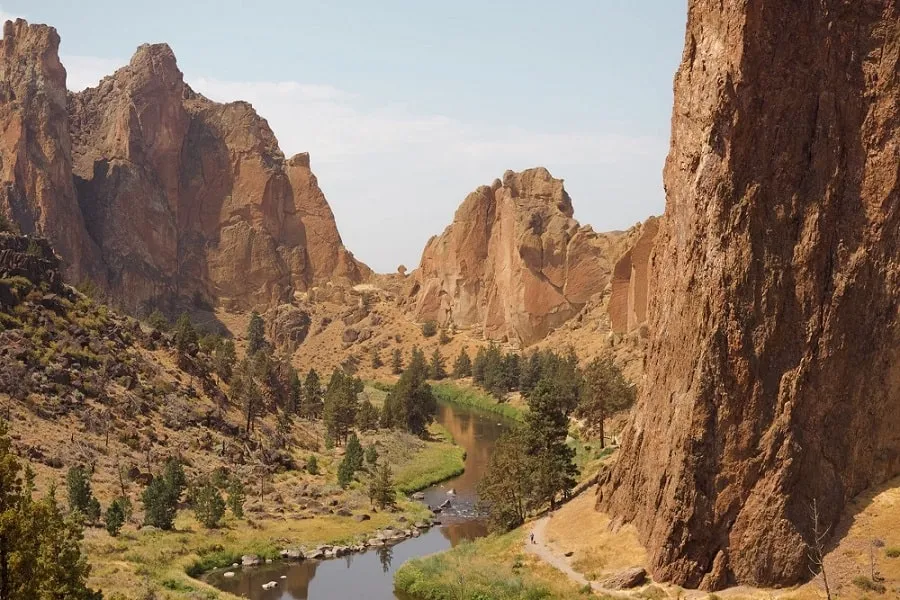
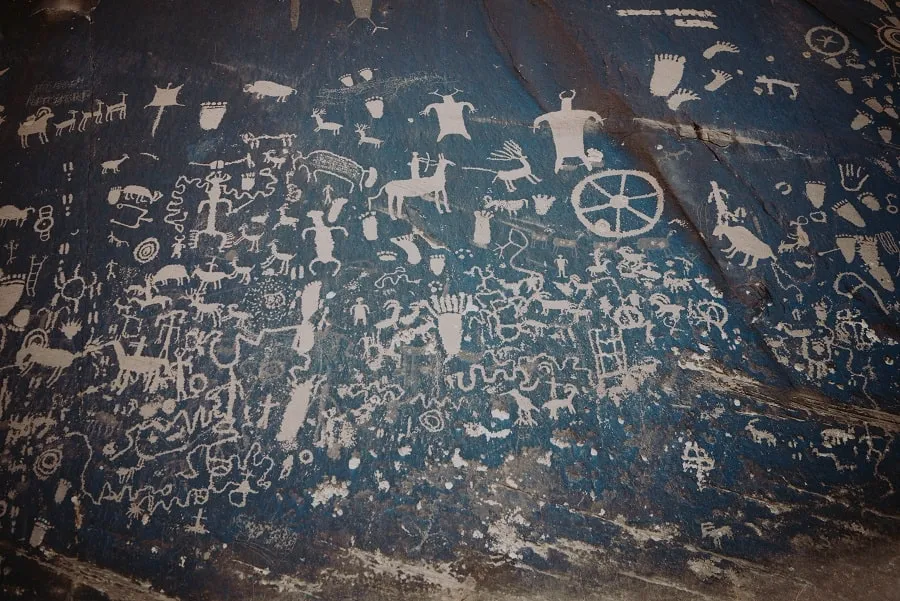
Kakadu National Park Wildlife
Animals That Are A Must See in Kakadu National Park
The park is home to a wide range of kakadu national park wildlife, including kangaroos, emus, dingoes and others, along with kakadu national park birds like the azure kingfisher and the red goshawk. Some of the best places to spot kakadu national park animals include the Davenport Homestead Historic Site, Namatjira Art Centre and National Park Centre.
If you’re planning on visiting Kakadu National Park in Darwin or Katherine, here are some animals in kakadu national park you’ll want to see while you’re there:
1. Kakadu Wallaroos:
These marsupials live in the park’s northern area and are one of its most famous residents. These are also one of the rarest animals — only about 500 exist today! Their coat is a mixture between grey-brown and cinnamon colour with a black stripe running down their backs. They can grow up to 60 centimetres long with a tail measuring up to 35 centimetres long!
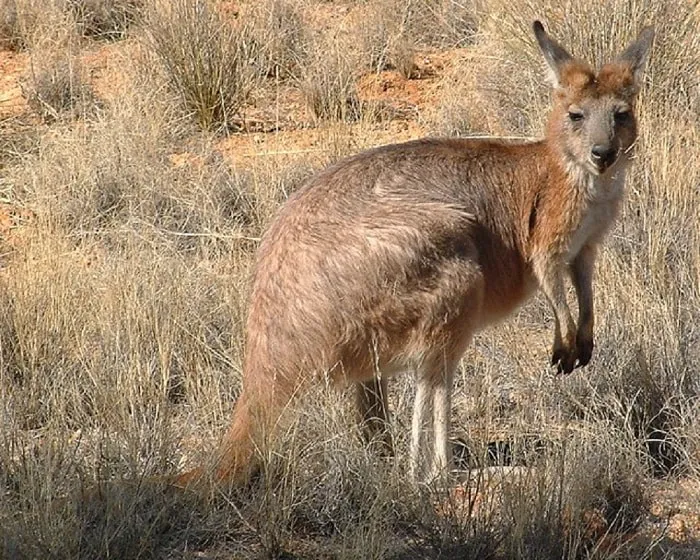
2. Koalas:
Found throughout Australia, these unusual marsupials live up trees and eat insects and fruits. They are mostly nocturnal creatures and are very cute!
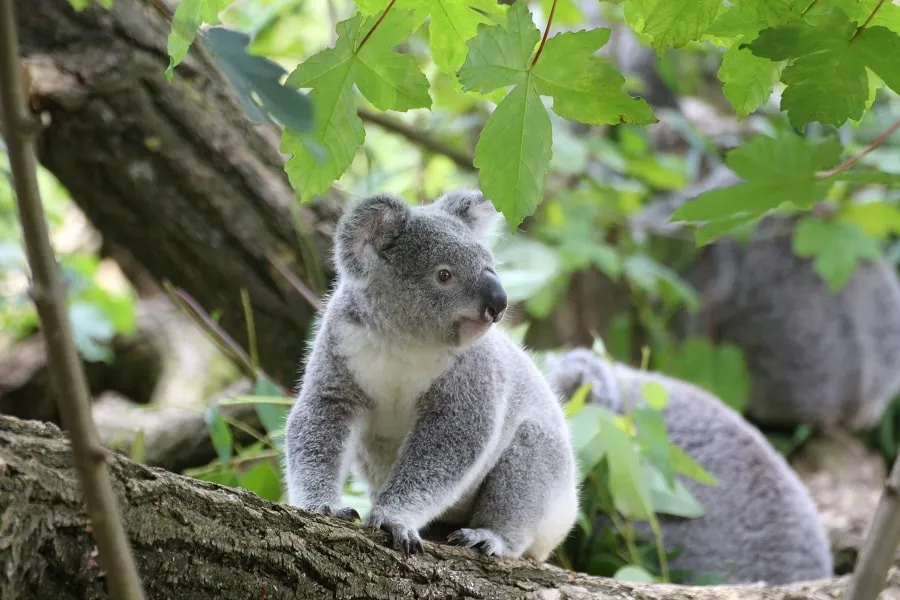
3. Kakadu Penguins:
These beautiful birds can live up to 20 years old but they’re rarely seen because they are underwater hunting prey such as fish or crustaceans.
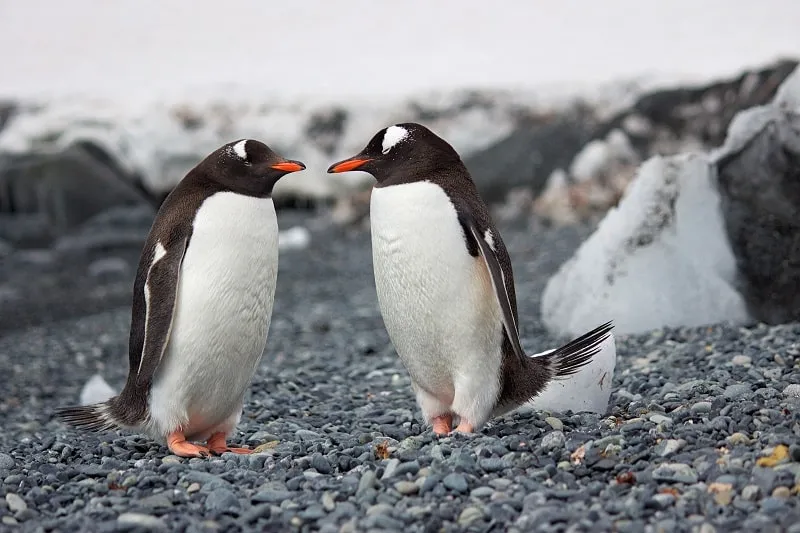
4. Emus:
are large flightless birds native to Australia’s arid interior regions where they spend most of their lives wandering around looking for food such as roots, seeds and grasses. They get their name from the distinctive sound they make when they run; it sounds like “emooo!”
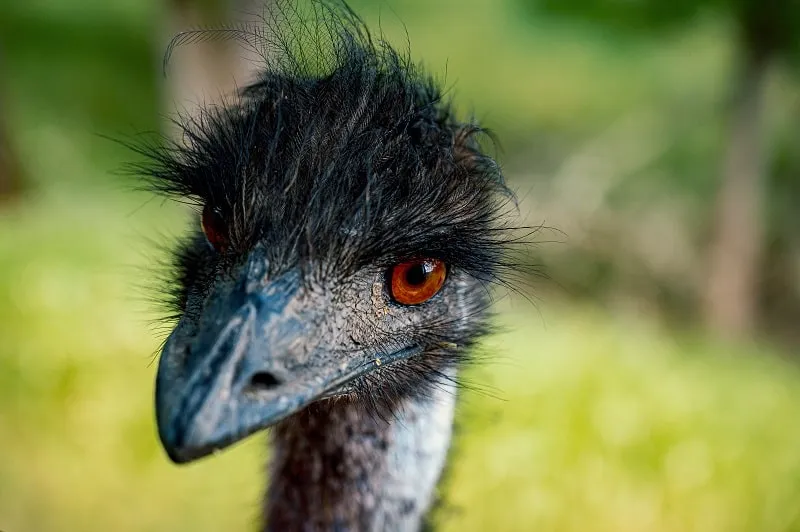
5. Kakadu Pandas:
The Kakadu panda is a species of bear native to Australia’s Northern Territory. It’s also known as the northern brown-headed bear or Papuan black bear due to its dark fur coloration and heavy body weight compared to other bears. Their diet consists mainly of bamboo leaves, fruit and nuts, but they occasionally hunt small mammals like rodents or birds when they spot them. Kakadu national park crocodiles is also very famous.
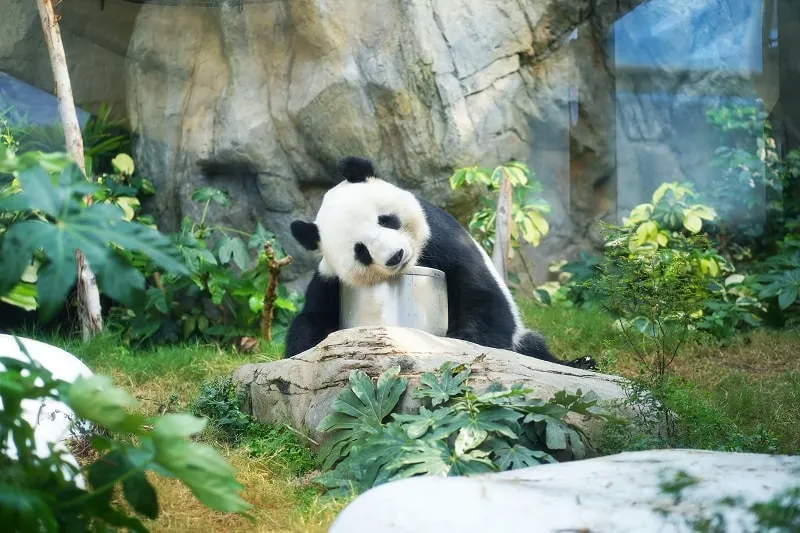
The Takeaway
Kakadu is a fantastic destination for camping, hiking, wildlife viewing, and just enjoying the stunning beauty of nature. It’s relatively easy to reach by plane (or car) and is home to some amazing native species. Whether you’re a local Australian or an international visitor coming to see our country, Kakadu National Park is well worth your time.

